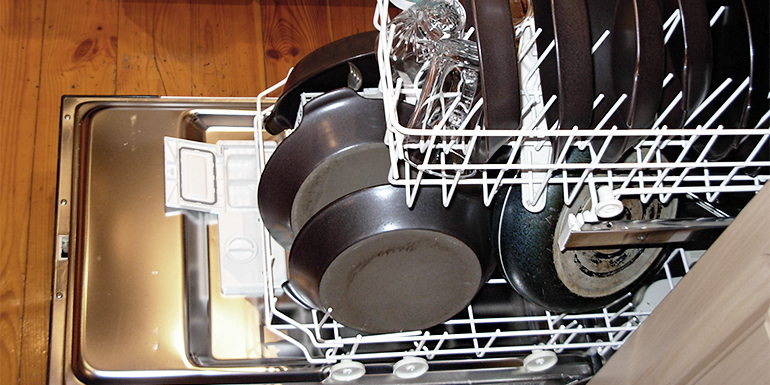
November 15/2020
How to Drain a Washing Machine Manually
Washing machines are fairly new inventions and have reduced the time, and effort, it takes to freshen up dirty clothes. Before its invention, people used washboards or did laundry by hand. Still, washing machines are not perfect. There are many plumbing and electrical issues that can force your washing machine to take a day off. Fortunately, the professionals at Mr. Rooter Plumbing know a thing or two about fixing washing machines.
This article will go over a common problem: washing machines that won’t drain. We will go over some ways to manually drain the washing machine as well as causes of draining problems. If you have any specific questions or if you would like to hire a professional, then call Mr. Rooter Plumbing.
What Causes Washing Machine Draining Problems?
Usually, a washing machine will not drain because it is clogged at some point. Lint, clothe fragments, soap residue, grease, and oils are common culprits. Fortunately, there are only two main points where they clog:
- Drain Pump Clog: Your washing machine removes excess water from the tub via a drain pump. The drain pump is usually located behind a panel in the front or back of the machine. Check your owner’s manual to figure out how to access the drain pump.
- Drain Hose Clog: The drain pump then pushes water out through the drain hose. If the water does not rush out of the hose, then you probably have a clog. A drain snake is a good tool to use to de-clog the drain hose.
Manually Draining Top-Loading Washing Machines
Top-loading washing machines will only drain if the lid is securely shut. Make sure it is completely closed and see if the water drains on its own. If not, then follow these steps to manually drain the top-loading washing machine:
- Turn off the power and switch off the appropriate circuit breaker to remove the risk of electric shock. Then, lay down some towels to catch water in the event of a spill.
- Turn off the water supply and pull the washing machine from the wall to make some workspace. Disconnect the drain hose, which is usually gray (the blue and red hoses are for cold and hot water input). Hold the hose over the level of the washing machine to avoid water spilling out.
- Gradually lower the hose into a large bucket. Allow the water to fill into the bucket. Regularly empty the bucket while keeping the hose above the machine and repeat the draining until the drum is emptied.
Manually Draining Front-Loading Washing Machines
- Again, unplug the washing machine and switch off the respective circuit breaker to avoid electrical shocks. Then, lay down towels to catch any spills throughout this task.
- Locate the drainpipe filter and drain hose, usually behind the panel on the bottom of the front of your machine. Check your user manual for specific instructions.
- Place a container up against the machine to catch the water. Turn the knob slowly to allow water to pour until the container is full. Tighten to knob to stop the flow and dump the container of water. Repeat the steps until the drum is emptied.
- Scrub the filter while you’re here. Remove debris and rinse the filter with warm water.
Call the Professionals
If you would like to leave this to the experts or have the machine repaired, then call Mr. Rooter Plumbing. We are available around the clock for 24-hour emergency services.




